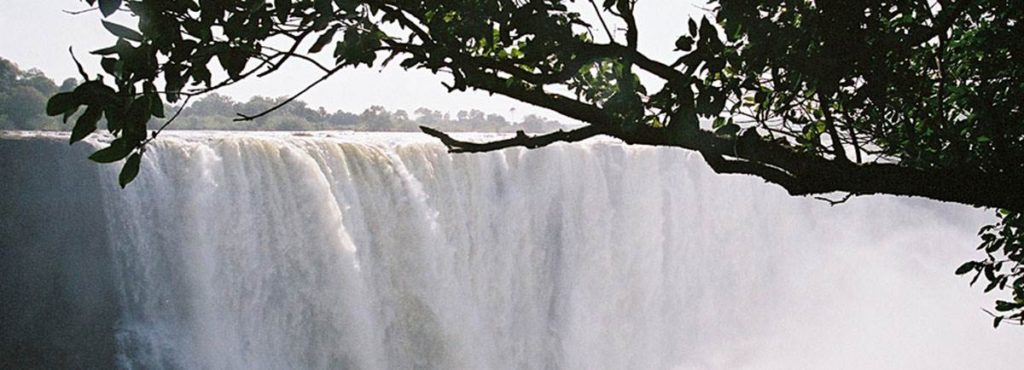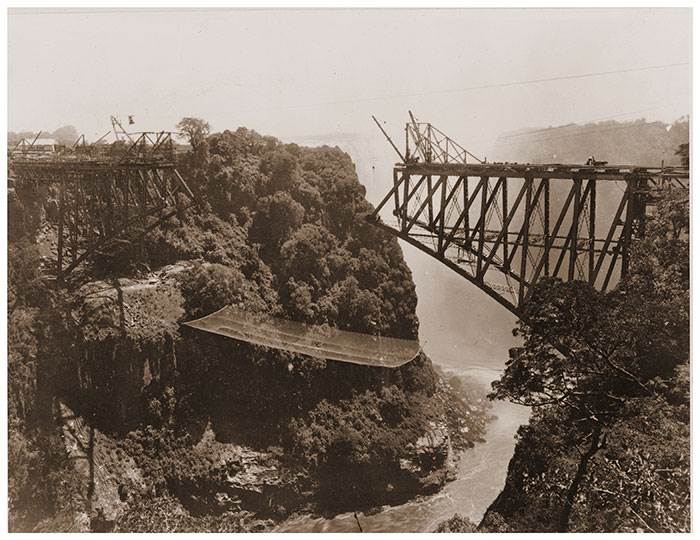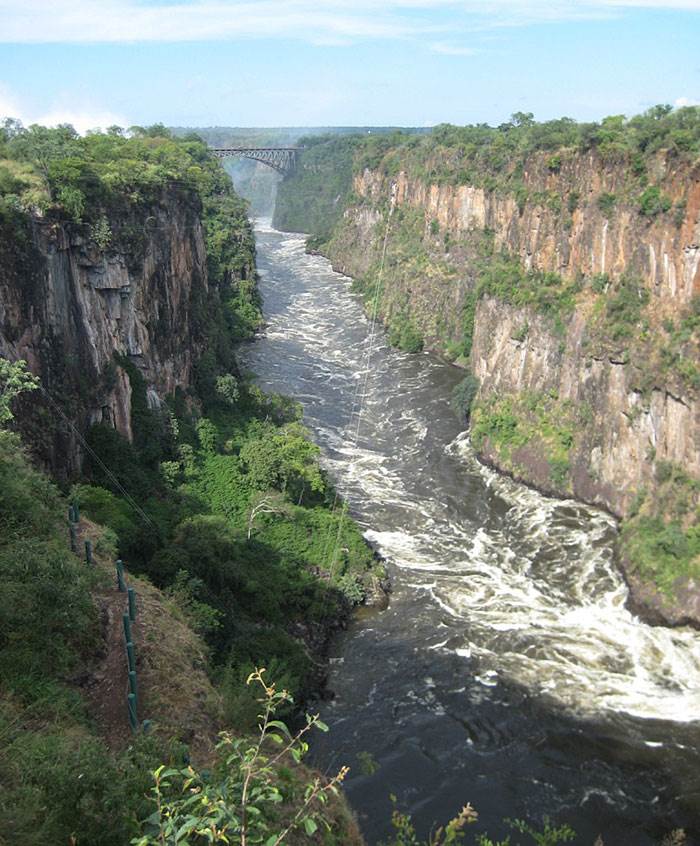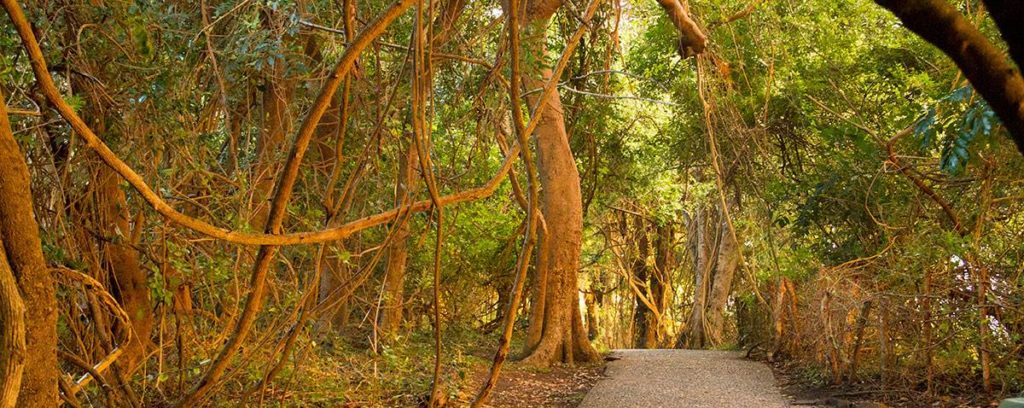Victoria Falls Facts

Victoria Falls facts is a valuable guide to Vic Falls the town, the Falls themnselves and Rainforest. In addition browse the many activities and things to see and do.
Victoria falls waterfall is also called Mosi oa Tunya – The Smoke that Thunders’ or The Rainbow Maker.
Where is Victoria Falls ?
Victoria Falls waterfall is on the Zambezi River, bordering Zambia and Zimbabwe in Africa
· Victoria Falls forms the largest curtain of falling water on the planet and is one of the world’s greatest natural spectacles and a must see when on safari in Africa
· One can view the falls face on (mostly from the Zimbabwe side), as facing the falls is another sheer wall of basalt, rising to the same height and capped by a mist-soaked rainforest
· In Nov 1855 the falls were made known to the outside world by David Livingstone and the town in Zambia was named after him
· The local Tonga name for Victoria Falls is Mosi-oa-Tunya – The Smoke that Thunders



Victoria Falls Facts & Size
. The Falls are 1690m wide and the highest point is 103m high (the average height is 92 meters)
. Devils cataract in the Zimbabwe corner is the lowest point and hence has most water cascading over it
· At the lowest water level ( Nov / Dec), there are less than 20 000 cubic meters of water per minute flowing over the Falls
· Peak flood is generally Feb/April, when over 550 000 cubic metres of water per minute pass over the Falls
· The spray can reach 1km high and can be seen over 30km away
· Small islands stand on the lip of the Falls, including Livingstone Island, where David Livingstone first viewed the falls
· All segments except the Eastern Cataract are on the Zimbabwe side
· The Rainforest is sustained by the spray from Victoria Falls, with plant species that are rarely found elsewhere in Zimbabwe or Zambia

When to visit Victoria falls?
Different times of the year will provide their own experiences.
High Water
¤ February to March
· In full flood years the falls cannot be seen on foot on the Zimbabwe side with clouds of spray rising high into the sky and drenching all tourists. The aerial view at this time however is spectacular.
- The Zambian side of the falls with less water is better at this stage. There are look out points either side of the Knife Edge bridge
- The intense spray provides welcome relief from the heat, but don’t carry anything you don’t want to get wet!
« A walk in the Rainforest or “highway to heaven” keeps you at eye level with sheets of cascading water, being soaked by the – misty breath and deafened by it’s thunderous roar
Mid Water
April and May
The falls are at their most spectacular on foot but often the spray is so thick it is difficult to see the full width of the falls. The weather is magic
From May onwards as the annual flood abates, the view of Victoria falls gets better and better and photographic opportunities from the Rain Forest path in Zimbabwe improve and most of the falls can be seen from this side. The sound is still thunderous. The weather is still fantastic. * Viewing Victoria falls from below by foot or by Jet boat is possible from July
Low Water
Around October, November and December. It is just as interesting to come when the water is low. Visitors are able to fully appreciate the geological formation of the falls and the full length and breadth of them. Water activities are at their best, the falls can be seen from below or for the brave, from above at Devils Pool.
Helicopter flips are expensive and could be disappointing at this time, unless you include the game flight,
Low water season’s gifts are:
* From the Zambian side you can swim in Devils Pool, picnic or even get married on the lip of the Falls from Livingstone Island
* At this time, most of the water falls over “Devils Cataract” on the Zimbabwe side so the island is impossible to get to from the Zimbabwe bank
